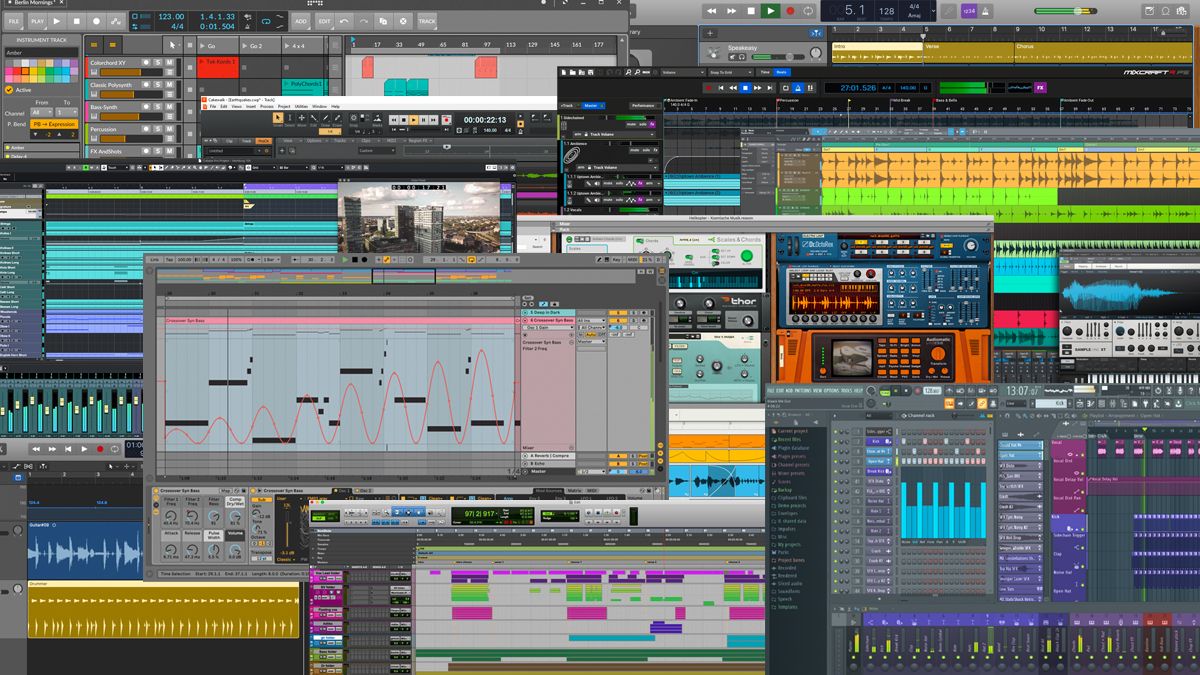

You’ll probably want to use quite a lot of microphones around the drum kit. 16 inputs come in handy even with a small band. This will also give you more freedom in connecting hardware studio processors should you wish to. You may not have an immediate use for all of them, which means you’ll be ready to explore surround and immersive sound when the time comes. It also provides up to 10 outputs in addition to the main monitor outs feeding your speaker. The Studio Capture can record up to 16 inputs at the same time, 12 of which can be microphones. However, if you’re recording a band at home you’ll need a more sophisticated audio interface. In most cases there is an included headphone output, which is essential if you want hear what your mixes really sound like without misleading room acoustics. The simplest audio interfaces have just one or two audio inputs and a pair of audio outputs to drive your monitors.

This makes it easier to connect external sound modules or synthesizers in your recording home studio. Some controller keyboards can connect directly via USB but having standard MIDI ports is always useful. This is provided as 5-pin DIN sockets so that you can plug your MIDI cable straight in. Using a MIDI controller keyboard to access the software instruments that come with your recording software (or that can be bought as third-party plug-in add-ons) means your choice of interface will also need to include MIDI In and Out ports. This is essential if you want hear what your mixes really sound like without misleading room acoustics. In most cases there is an included headphone output.

You’ll need an interface that can provide phantom power if you plan to use a capacitor microphone or active DI (Direct Injection) box. Condenser microphones require what’s known as phantom power, a 48 volt power supply provided by the device into which they are plugged. These have inputs that allow you to connect an electronic instrument such as a keyboard, an electric guitar or bass, or a microphone. Most audio interfaces for home studio use connect to the computer via USB. When recording a band at home, you’ll need a way of getting high quality audio in and out of your computer. – Suitable microphone(s) Selecting a home recording audio interface All it takes is some recording/mixing knowledge, and some key pieces of equipment: While it can seem daunting at first, producing quality mixes at your recording home studio is a perfectly achievable goal. In today’s world, recording a band at home has become a lot easier. Commercial studios were one of the only ways to access sophisticated recording equipment. Before the recording home studio was commonplace, music recording required a considerable investment in hardware.


 0 kommentar(er)
0 kommentar(er)
